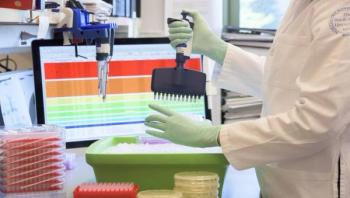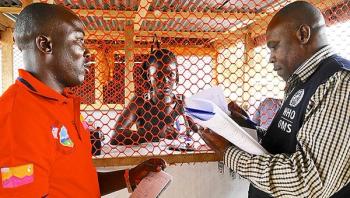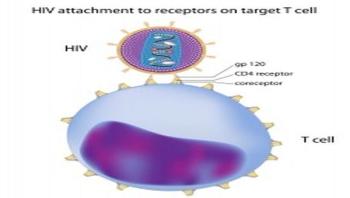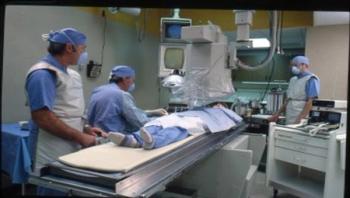
Infection prevention is a constantly changing field. Tremendous challenges face the infection preventionist (IP), including new emerging and re-emerging diseases, antibiotic resistant organisms, serious; often life-threatening diseases such as C. difficile, public reporting of healthcare-associated infections (HAIs), and the Centers for Medicare and Medicaid Services (CMS) policies to limit payment for hospital-acquired conditions and complications.













